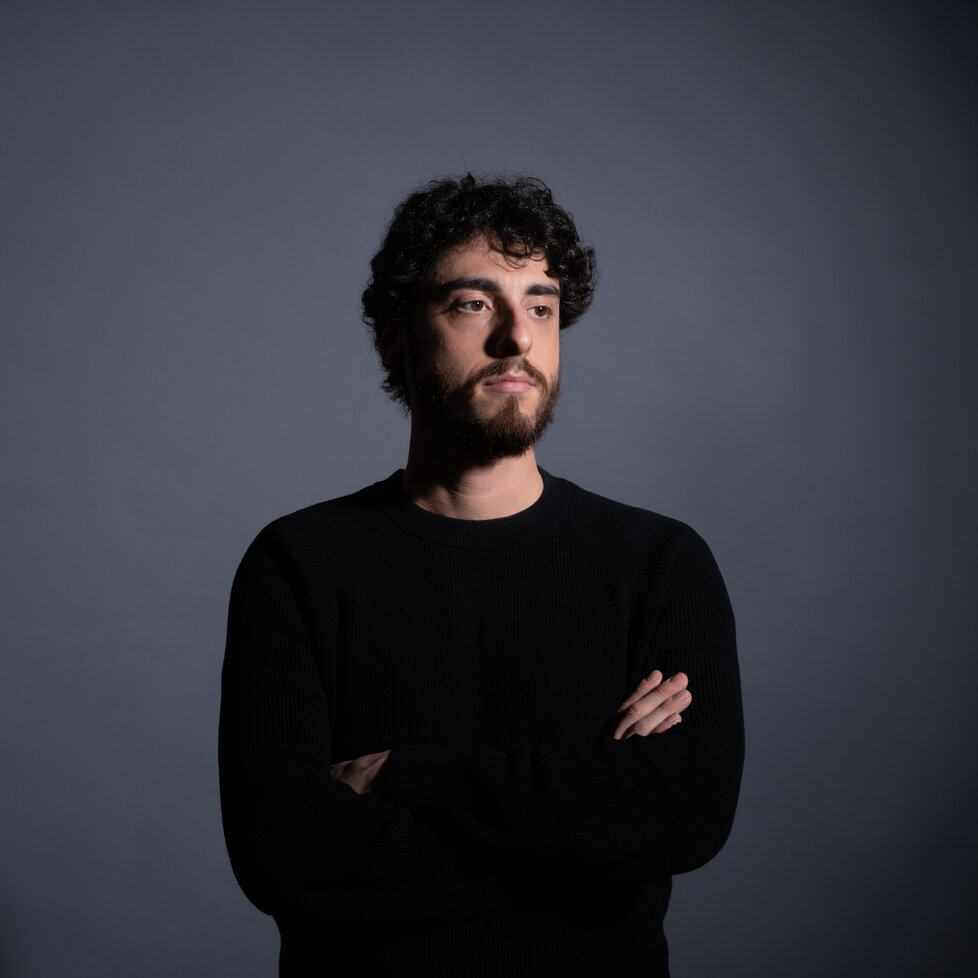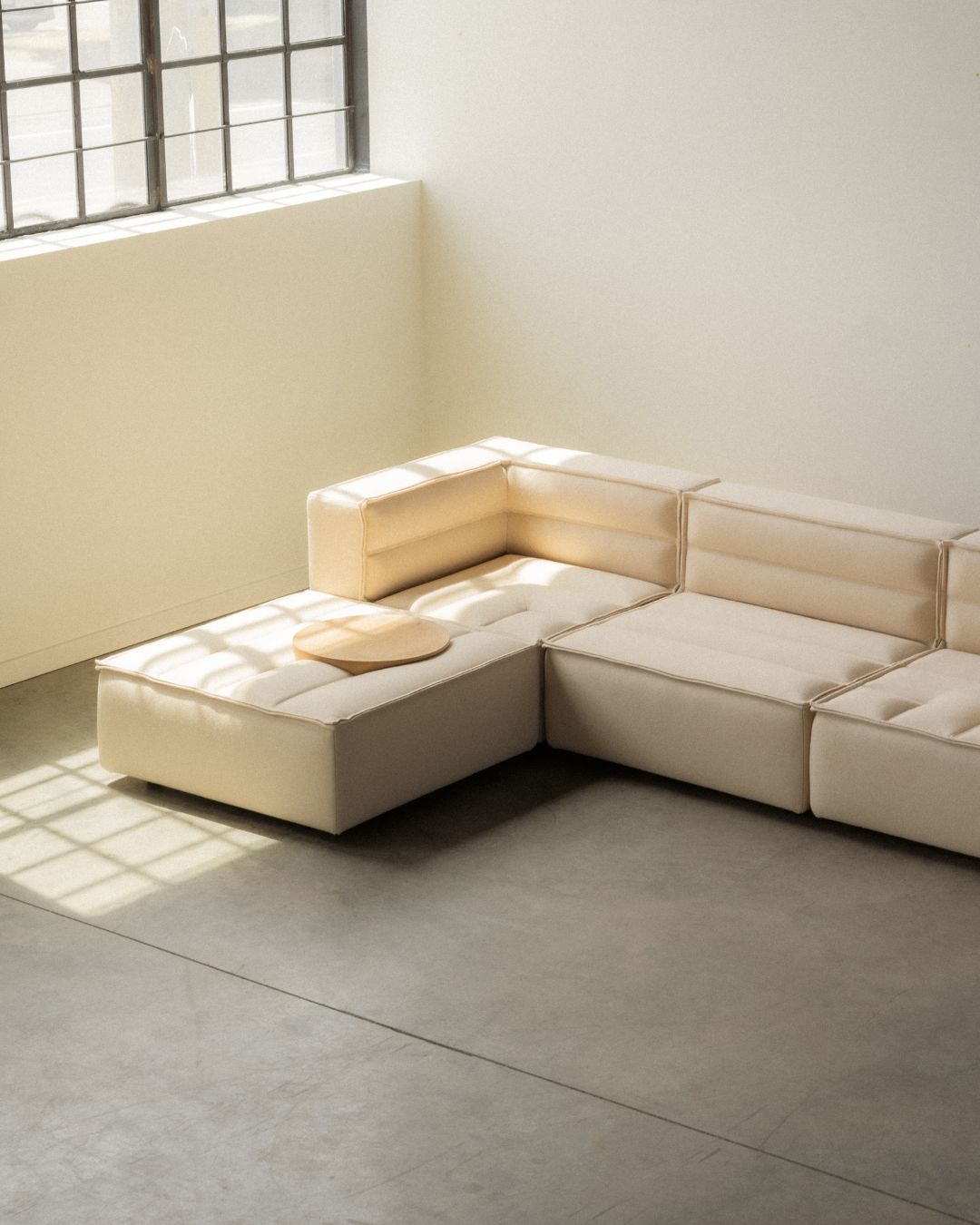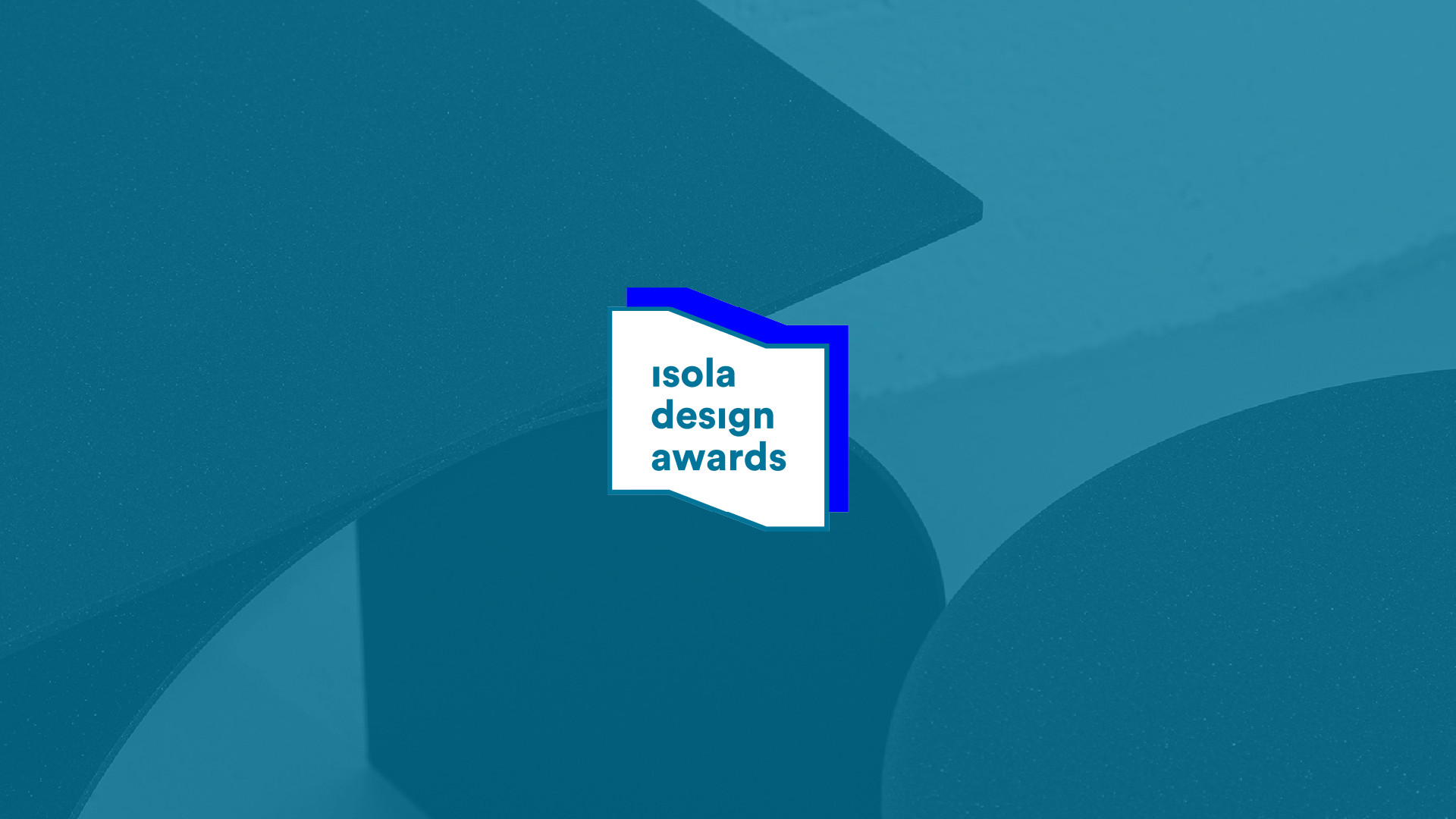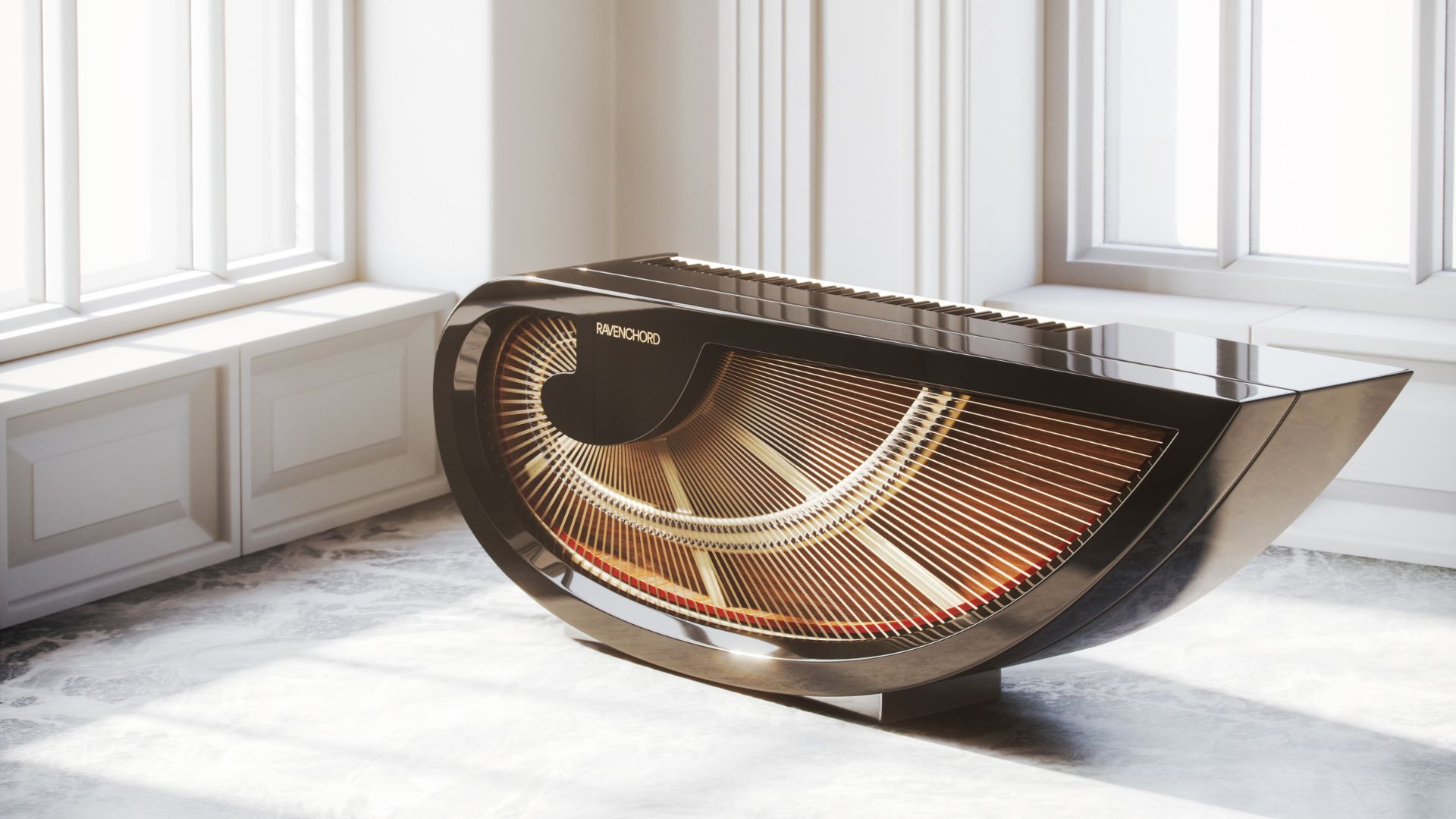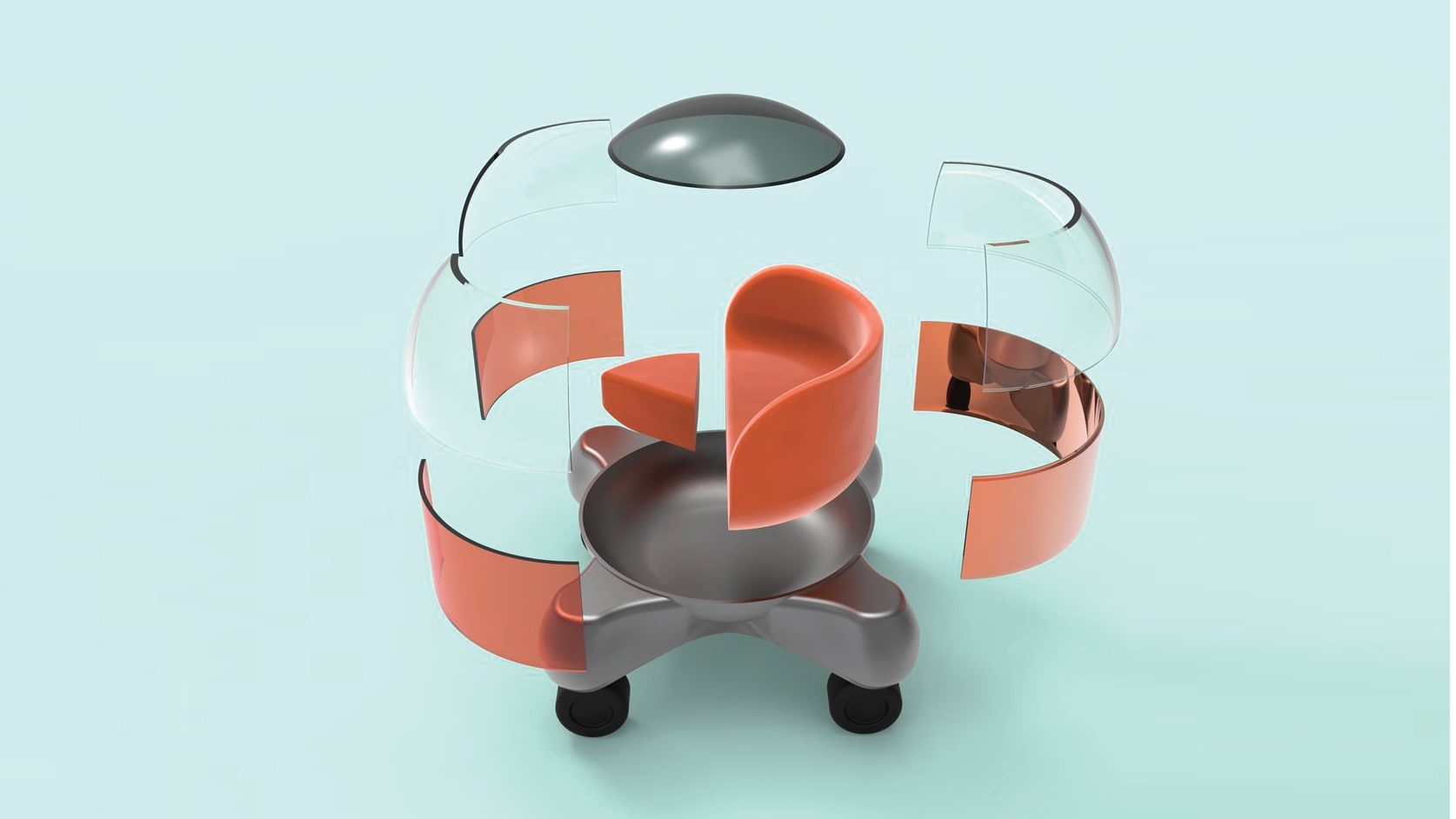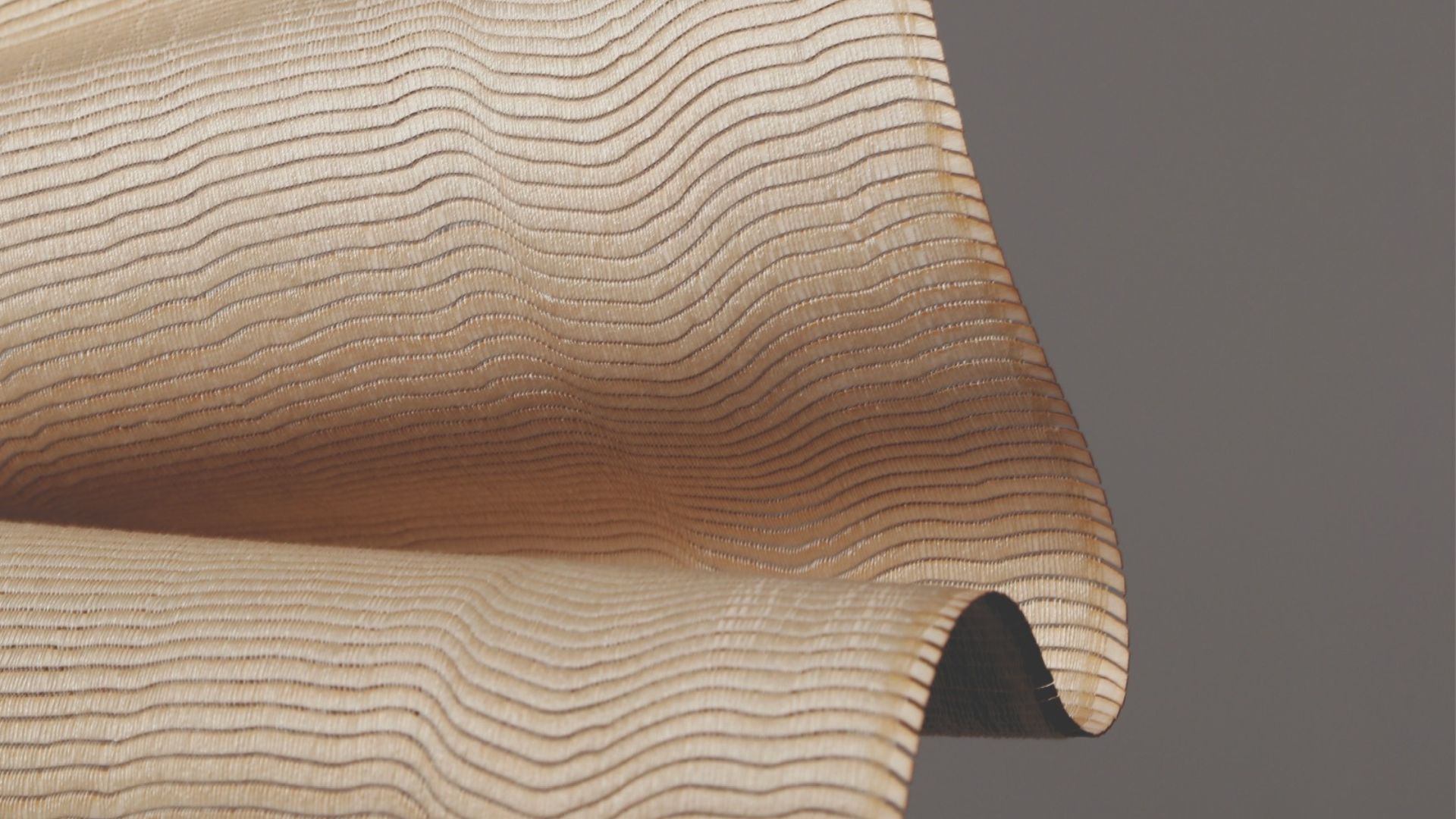The part and the whole of a Design Professional
Nathan Martell is a designer who seems to have done things upside down, starting a company first and later approaching an independent design career. But is it as strange as it looks?

While searching the internet for a good company to edit one of my designs, I came across this beautiful brand called Part & Whole. Everything looked good: great design, clear website, excellent communication. Something really well done that looked like a major brand with a giant structure behind it, until I figured out that there was a man behind it: Nathan Martell. A very skillful designer who founded this company with the help of partners and collaborators, and who has a very interesting story.

I already knew of a person who, from his design background, had reached the goal of making a big company, and his name is Chris Martin. Along with Magnus Elebäck, who is also a designer, Martin founded the well-known Massproductions. If you look back at my articles, you will also find a few words about the interesting story of Richard Trory, who founded Edits starting from a professional background, sharing a similar story. Chris Martin and Magnus Elebäck leveraged their design expertise and understanding of the market to create a brand known for its high-quality, innovative furniture. Similarly, Richard Trory transformed his professional background into a successful company that collaborates with talented designers to produce unique collections. Both stories parallel Nathan Martell’s journey, highlighting how designers can transition from individual creativity to building influential brands.
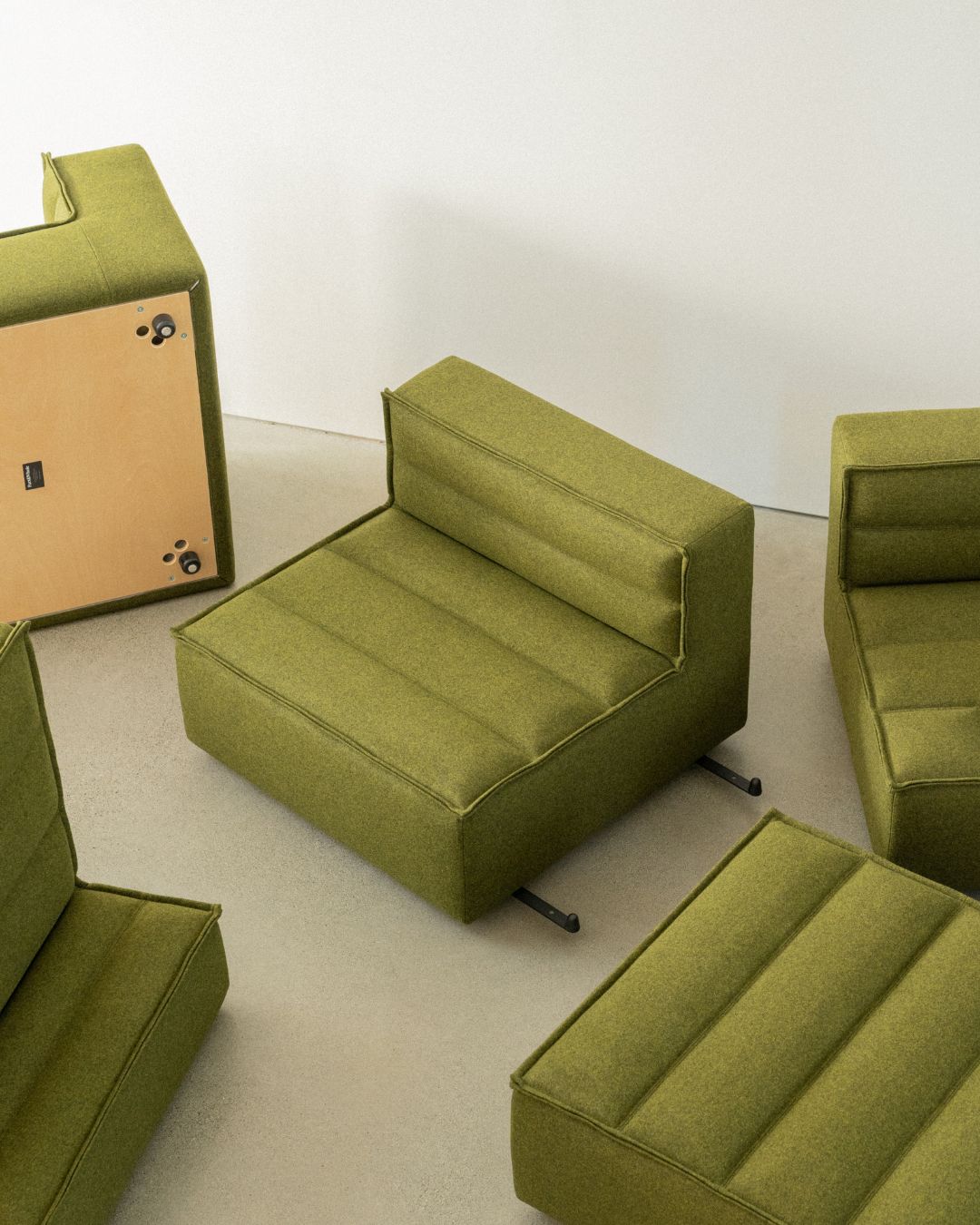
What they have in common is that everything started from a designer who designed the collection (some already do it, some left the ball to other designers) and later transformed it into a very structured brand that you have no idea it came from a professional. It looks like it was always there, like Vitra or Magis.
Many designers from outside of Italy, like those in Canada where Nathan is based, face a lack of design-oriented companies that invest in independent design to create their collections. Due to this, many of these designers just do their own thing, starting to design and produce what they do. We have several examples, especially in Europe, where in the Netherlands and its neighboring countries, designers founded companies that became very important to the international market year by year.

What surprised me was the fact that from the website, I perceived the company as a very structured one, where you usually find a CEO with an economics background who has a clear goal where design is a tool and not the scope. On the other side, you kind of perceive if a brand is founded by a designer because you see a different narrative with the design at the center. Both approaches are right, but it usually happens that those very design-oriented tend to be a bit less successful because what is liked by the designer is usually not liked by common customers. Meanwhile, companies with more ability to convert an idea into something valuable know where to cut the cake to have the best piece.
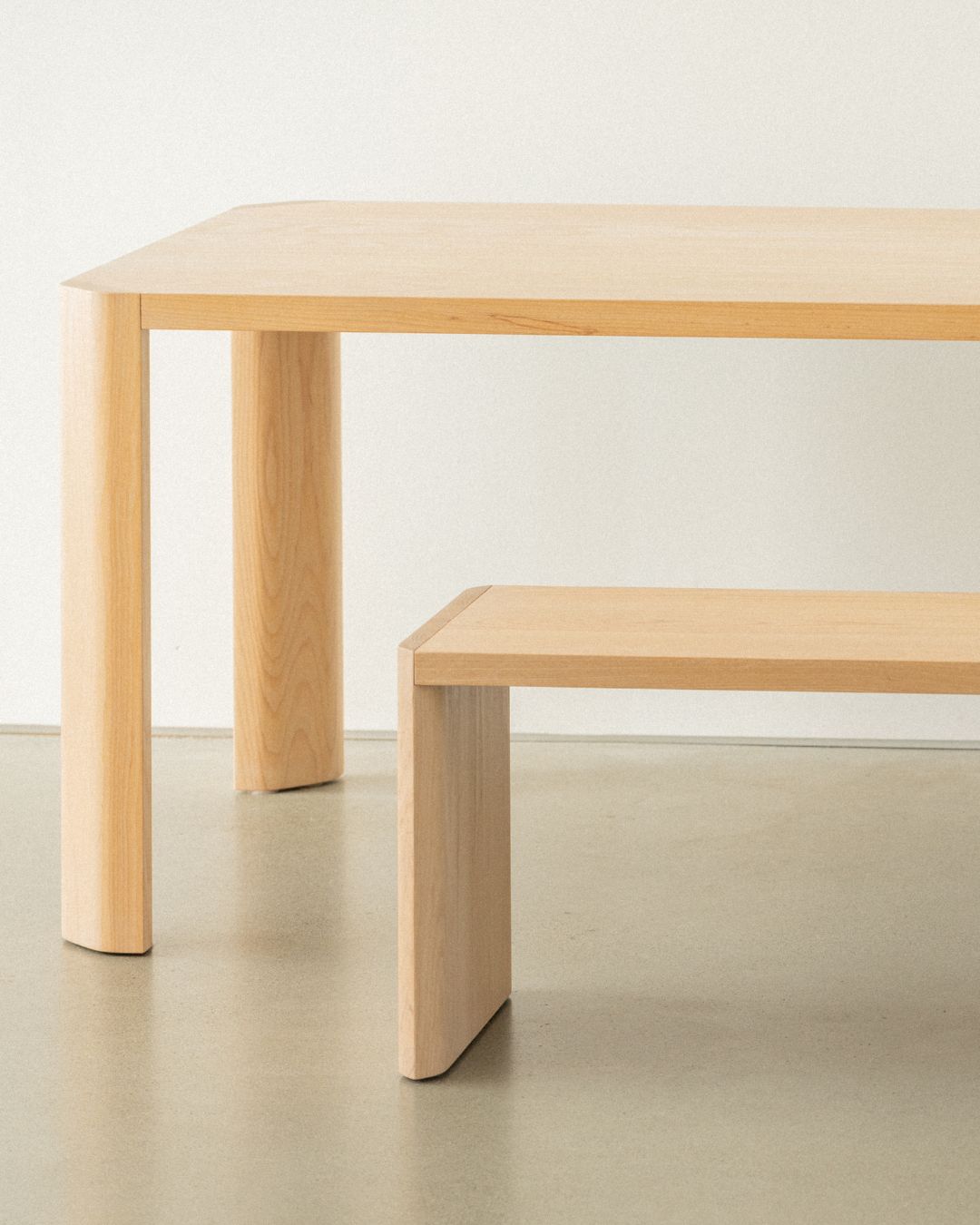
The reality is that probably those with an economic background have a better idea of what design is, more than us designers, because this field is, in reality, a tool to achieve a goal instead of a styling exercise. What I mean is that while designers want to show where their ability is (hidden screws, nice shape cut, and so on), not many people really care about it because they see the whole product as a sole identity rather than a mix of details. What I found in Part & Whole is the perfect mix of all of those things, where both a design expert and simply someone who is searching for furniture can feel confident in seeing something that can be liked.
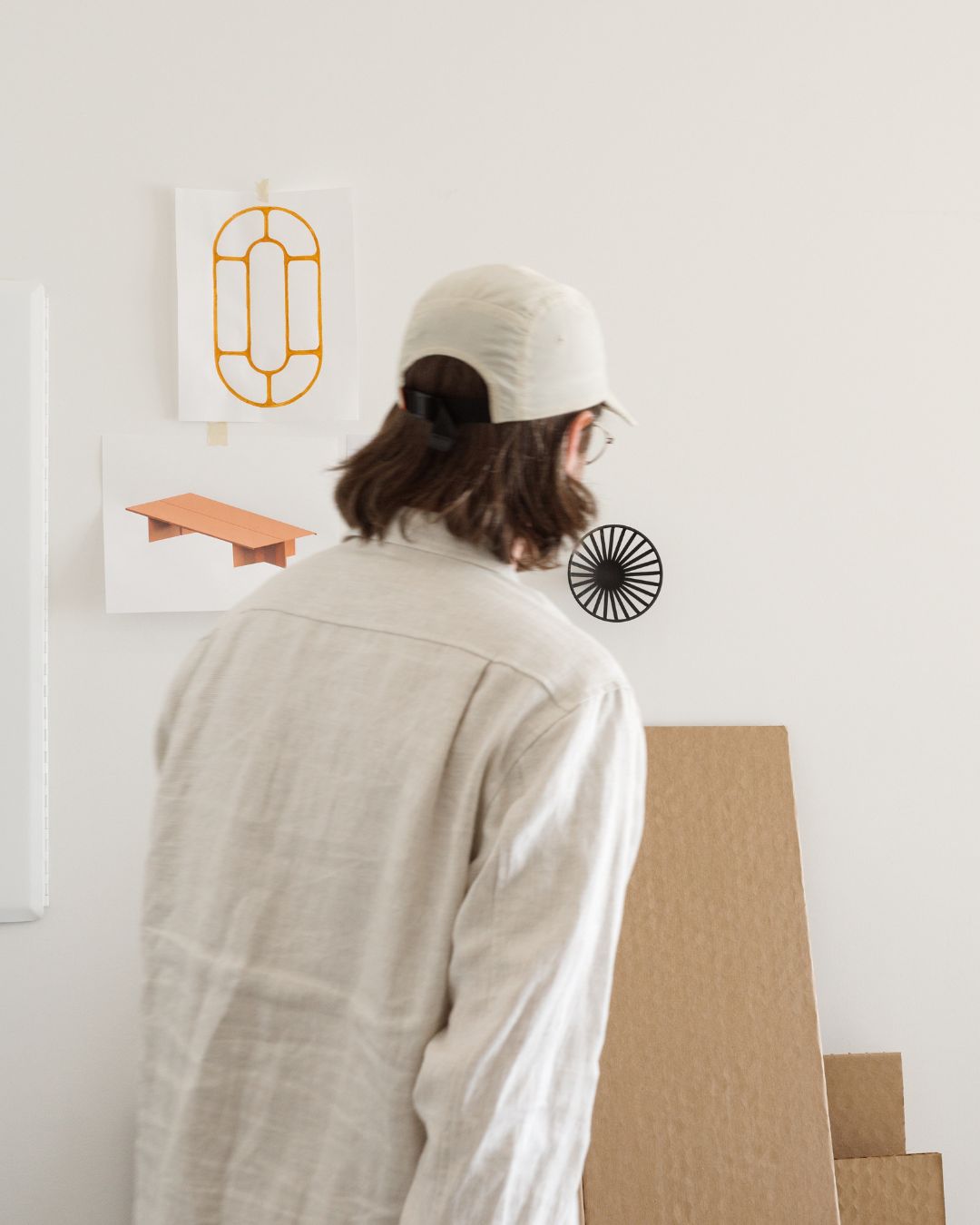
For that reason, I decided to investigate a little more to understand better how he got there because I truly admire someone who can build something so complete and well done from scratch. When I met Nathan, he told me that making a brand was kind of a need due to the difficulty of finding nearby companies that wanted to make his designs. Nathan faced numerouss challenges in the early days of Part & Whole. One significant hurdle was learning the fundamentals of operating a complex manufacturing company.
Collaborating with skilled individuals in communication, finance, engineering and other complementary fields was crucial. These partnerships not only brought diverse expertise but also provided support during challenging times, helping overcome obstacles and drive the company forward. This allowed the project to include many different people who shared a vision but could give another perspective to what he was doing, and over time, things became more structured and curated.
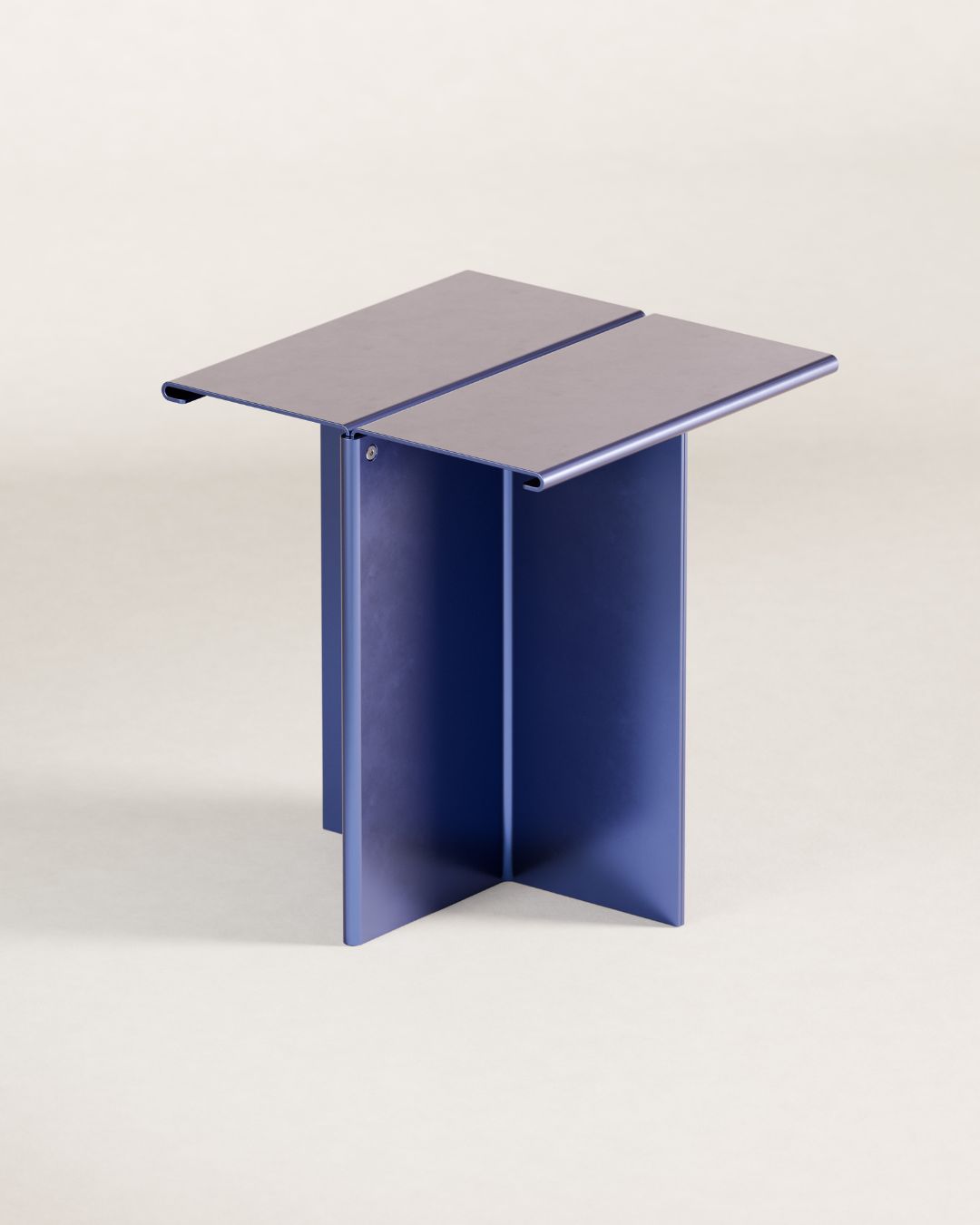
Everything started with business partner Ross Taylor, an experienced design retailer. Together they brought in key collaborators, including Tom Chung for creative direction, Alex Nelson and Beau House of Post Projects for the brand identity, Steve Suchy, whose technical expertise was instrumental in developing and refining the products, and Guy Ferguson for marketing and photography. These collaborations were pivotal in transforming Part & Whole from a self-production effort into a well-structured company. Each collaborator brought a unique perspective, enriching the project and contributing to its overall success.

All looks very cool, and it is, but the other side of the coin is that, as a designer, you have space to develop very few projects. It’s normal. To develop a sofa, for example, you cannot simply send a few sketches or renderings to get things done because you don’t have a company to collaborate with that provides all the people needed to bring the sofa to life. You are the company. You bring things to life. So the development requires enough time that it’s impossible to give life to too many products. And sometimes it is not useful too, because less and well done is better in many cases.
So what happened?
Nathan Martell started his own studio, designing for other brands using the knowledge he learned from building his own.

It’s very nice to see how the road is basically the opposite of what we do in Italy, like the Australian toilet water flushing upside down in that Simpson’s episode. If you take, for example, Qeeboo, it was founded by Stefano Giovannoni after decades of a successful career as a design professional. It’s like you can’t do it until you have proof you can design well.
In this case, we see a designer who showed his ability to manage the entire product process, from sketch to final customer, and after that, he feels the necessity to spread his abilities with consultancy for others using those abilities he gained creating and selling collections in a situation that has gone much over the simple self-production to something well-structured and perceivable as super professional.


